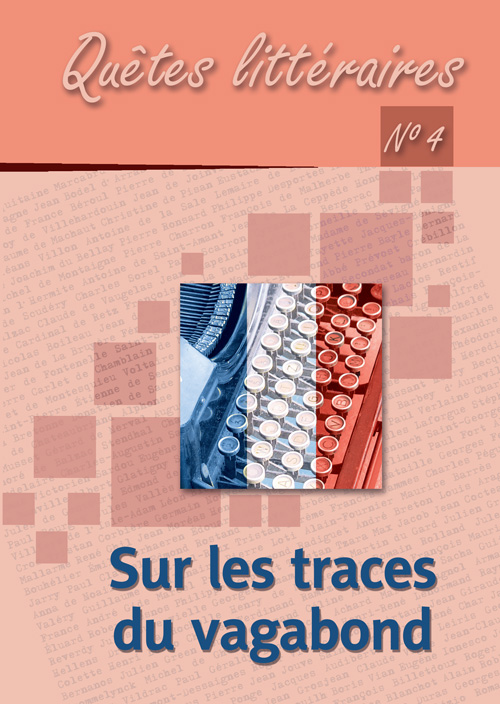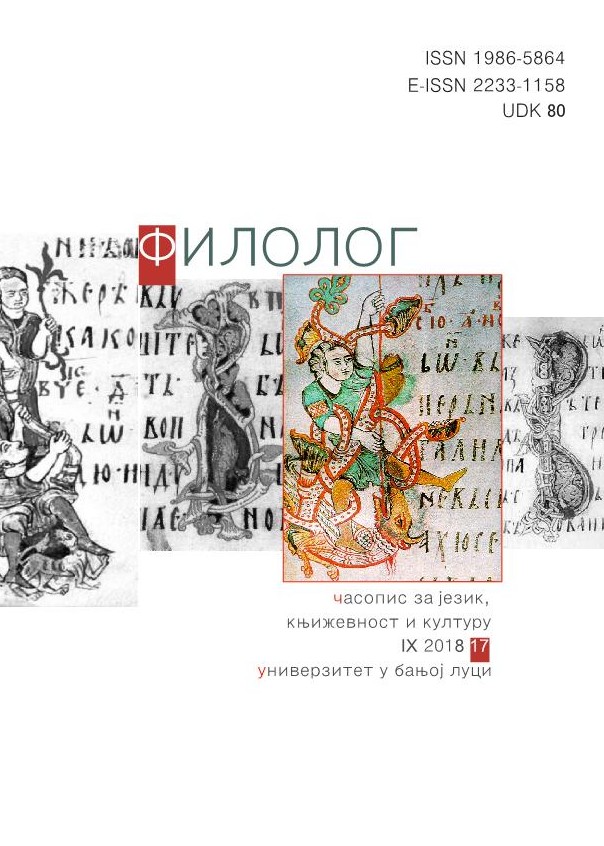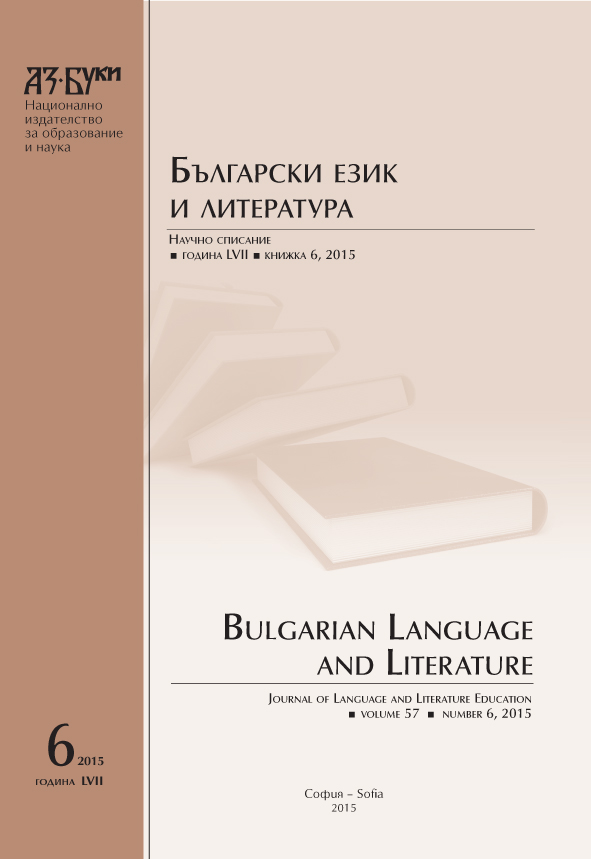Author(s): Vincenzo F. Fiore / Language(s): Italian
Issue: 17/2018
In 1810, following his conversion, Manzoni returns to the Italian city of Milan, where he abandons himself to the spiritual guidance of Monsignor Luigi Tosi, recommended by Eustace Degolo, a Jansenist abbot. The former receives a letter from the latter in 1817, informing him on how Manzoni managed to escape a great danger: he found himself caught in a spiritual crisis that almost led him to an act of heresy. Manzoni, getting away from Tosi, attempts at selling out all his possessions in Milan in order to move to Paris (France), where he would stay with a friend of his, Claude Fauriel, for Manzoni laments for open-minded discussions he used to have with Fauriel in the French capital. At the same time, he finds the reactionary Catholic atmosphere in Milan appalling and disappointing in terms of his liberalism hued with Enlightenment and patriotic ideas. Still, Manzoni does not undertake the aforementioned journey that year and Manzoni abandons the idea of living in Paris and, what is of ultimate significance, he manages to struggle through the crisis that separated him from sacraments for a while. As a result of this struggle in 1817, there emerges his book entitled Observations on Catholic Ethics (Morale cattolica), an apologetic piece of prose conceived in order to refute Sismandi’s Histoire des Republiques italiennes au Moyen-Age, especially those sections in which this Calvinist scholar criticises Catholicism relying on a Machiavellian political tradition directed against the Roman Catholic Church. Reading Manzoni’s Observations on Catholic Ethics helps us understand the depth of crisis the author finds himself in, to realise that it originates from the criticism of the Catholic church from liberal and Enlightenment positions, represented by Sismondi himself. In addition, this work reveals the answer Manzoni used to give to both liberals and himself. It can be narrowed down to an ambitious and painstaking reconciliation concept: a complex agreement between ratio and faith, between moral truth and Catholic truth, between history and religion. Reading this work helps us understand Manzoni’s poetics in terms of its founding ideas as well, as depicted in A Letter to Mister Chauvet (Lettre a Monsieur Chauvet), but it also shows us the prodromes of the works to follow, such as The History of the Infamous Column (Storia della colonna infame) or the comparative essay entitled The 1789 French Revolution and the 1859 Italian Revolution.
More...



